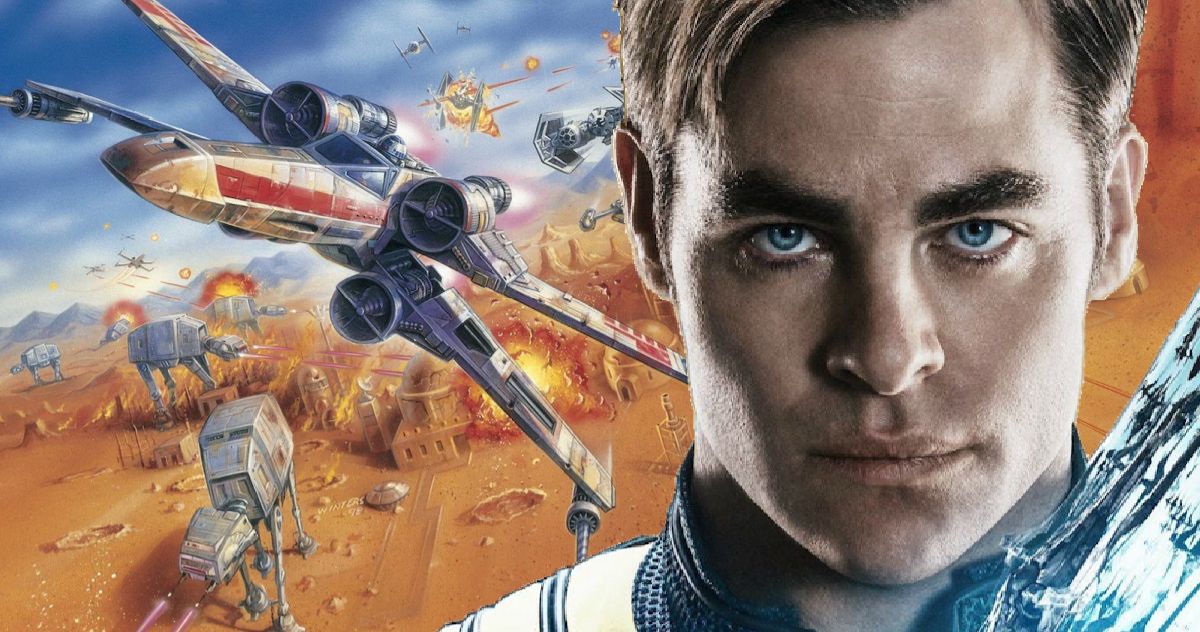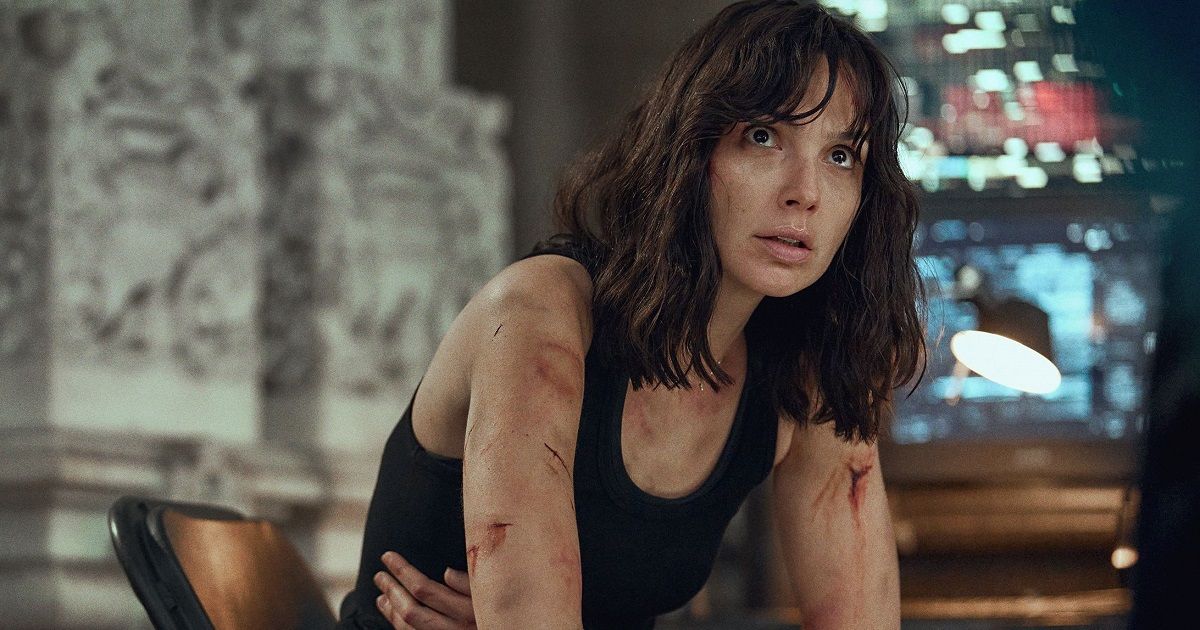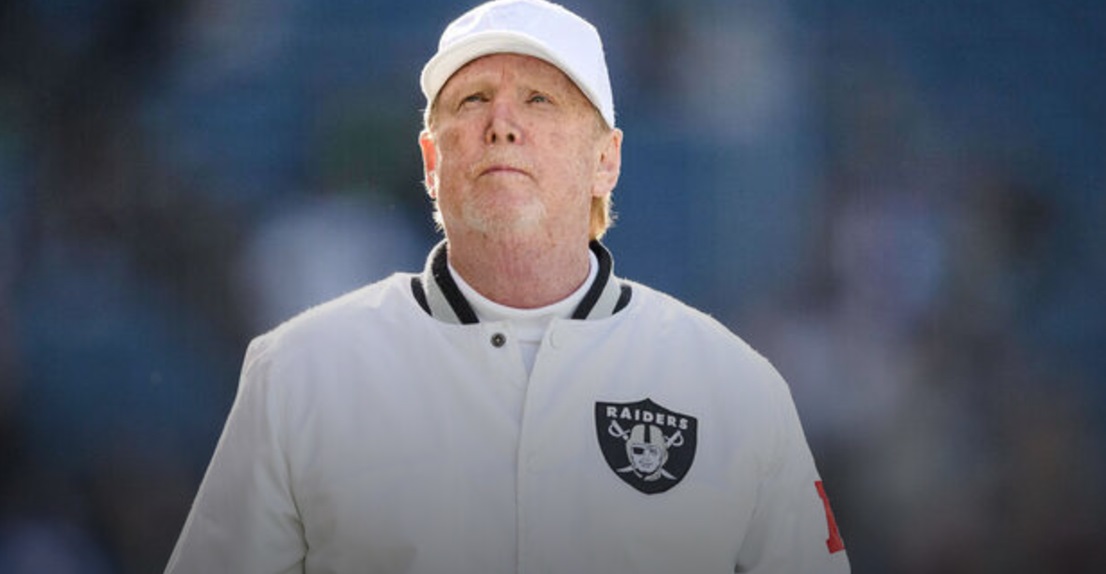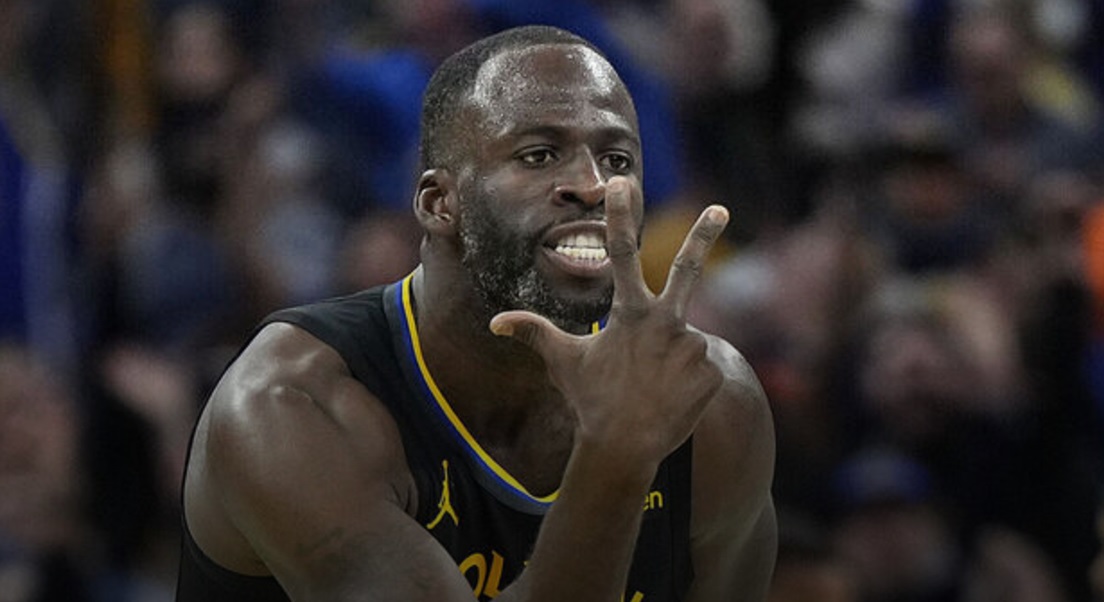And yet it has seemed like the lead-up to the third season of “The Mandalorian” has been muted for such a major show. People have even claimed it “snuck up on them,” implying that the season isn’t an event as much as an eventuality. Do fans still care? Has it fulfilled its initial mission and run out of stories to tell? It’s too soon to say for sure, but the show seems about as stranded as Din Djarin himself, looking at the changed, updated landscape around him on Nevarro and wondering where he fits in.
Technically, Din Djarin is no longer a Mandalorian at the start of season three, stripped of his duties after removing his helmet. There’s a reason the premiere is called “The Apostate,” a word that refers to Din Djarin having been basically exiled from his faith. How deeply the writers want to dig into this idea could be the deciding factor in the quality of season three. Will it just be a quest? Something for Din Djarin to reobtain? Or will they go deeper and question the dangers of faith and believing in a mythology that hides reality? Without spoiling, the second episode hints that they may do so, but “Star Wars” shows often raise ideas only to glide over them superficially with an action-driven resolution.
Of course, the initial set-up of “The Apostate” is a classic Western arc, too: The exiled hero forced into a series of trials to receive redemption and come home again. And writer Jon Favreau and director Rick Famuyiwa dig into that template by bringing their hero literally home, back to the place it all began in the premiere on the planet of Nevarro, which doesn’t even look like the same place (although it looks a lot like Galaxy’s Edge in Disney’s Hollywood Studios, which is perhaps intentional). That’s where Din runs into Greef Karga (Carl Weathers), who seems happy with the improvements around town, even if they disguise an unsavory element beneath the surface. There are still pirates in Nevarro, even if it’s “no longer friendly” to them.
You can view the original article HERE.

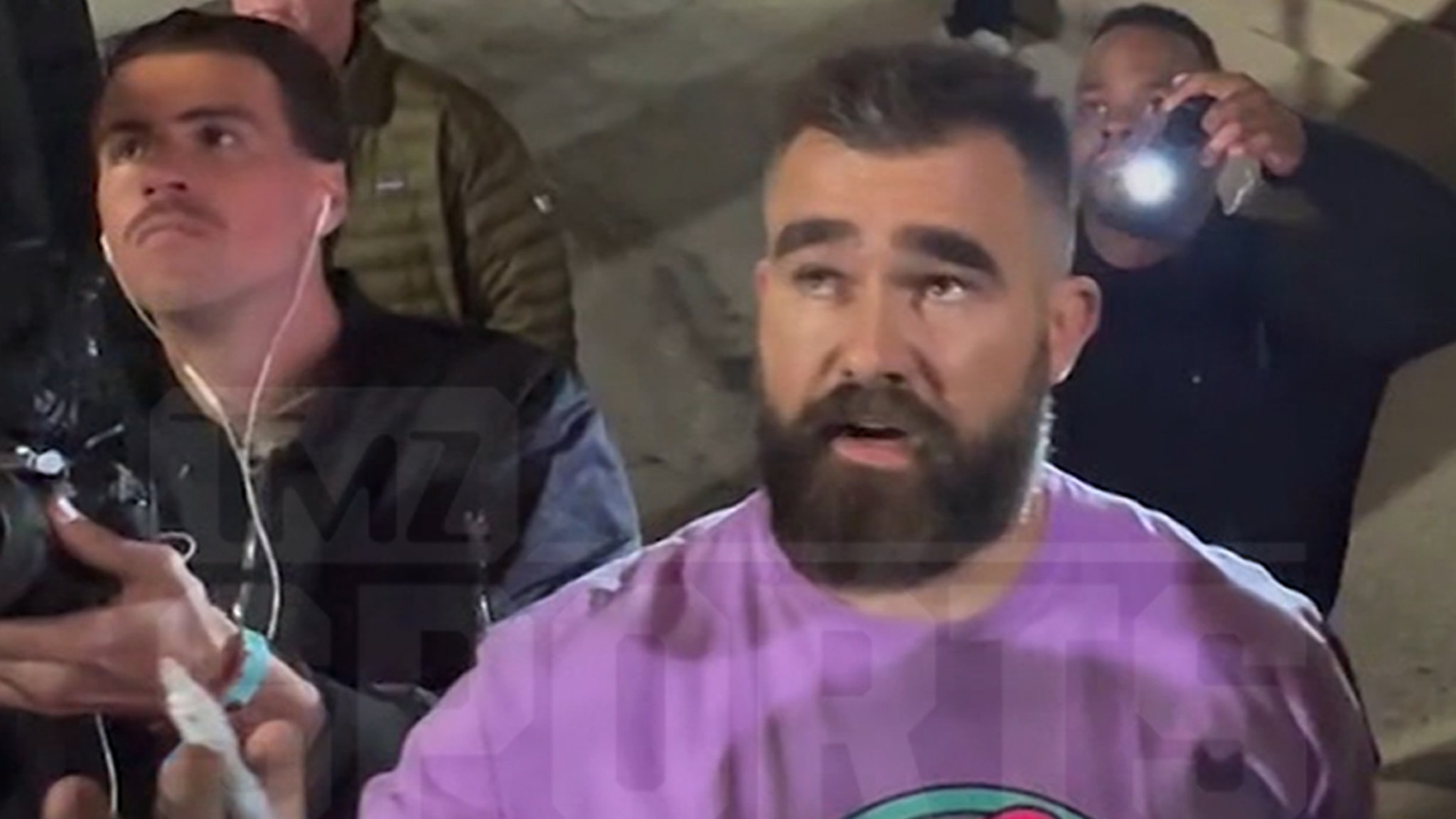
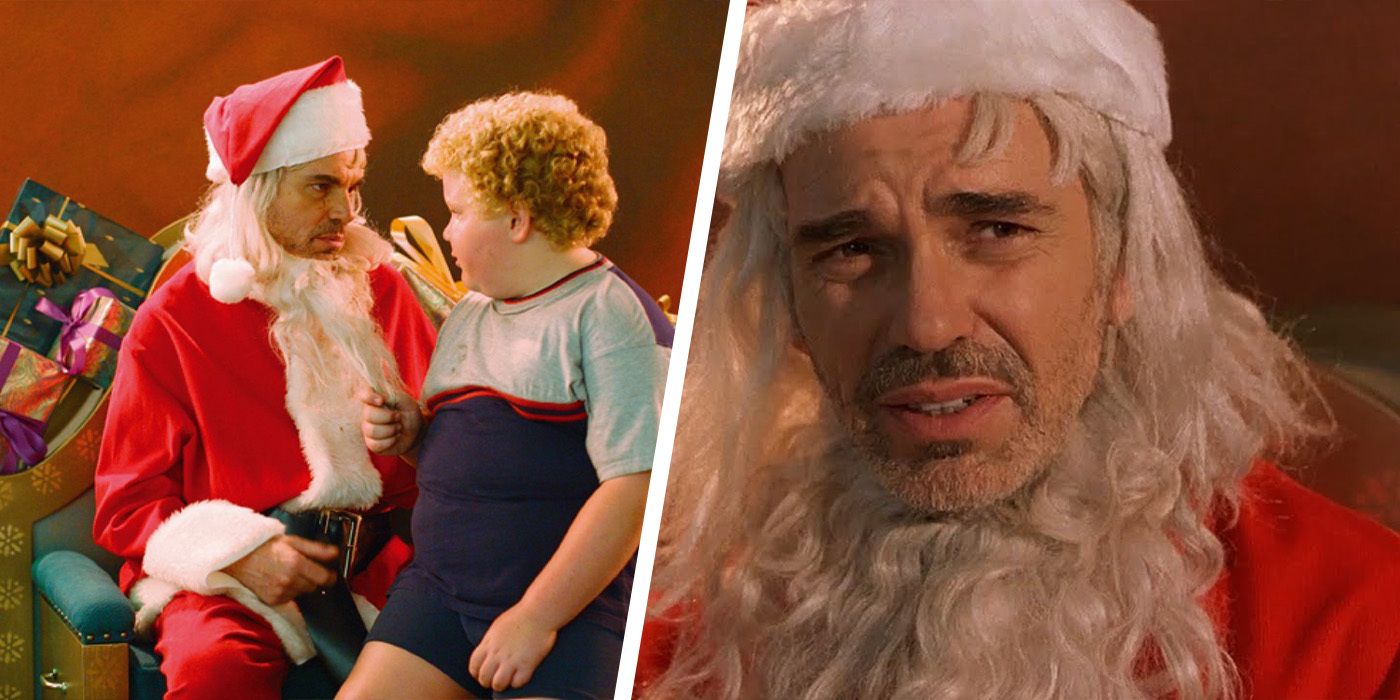
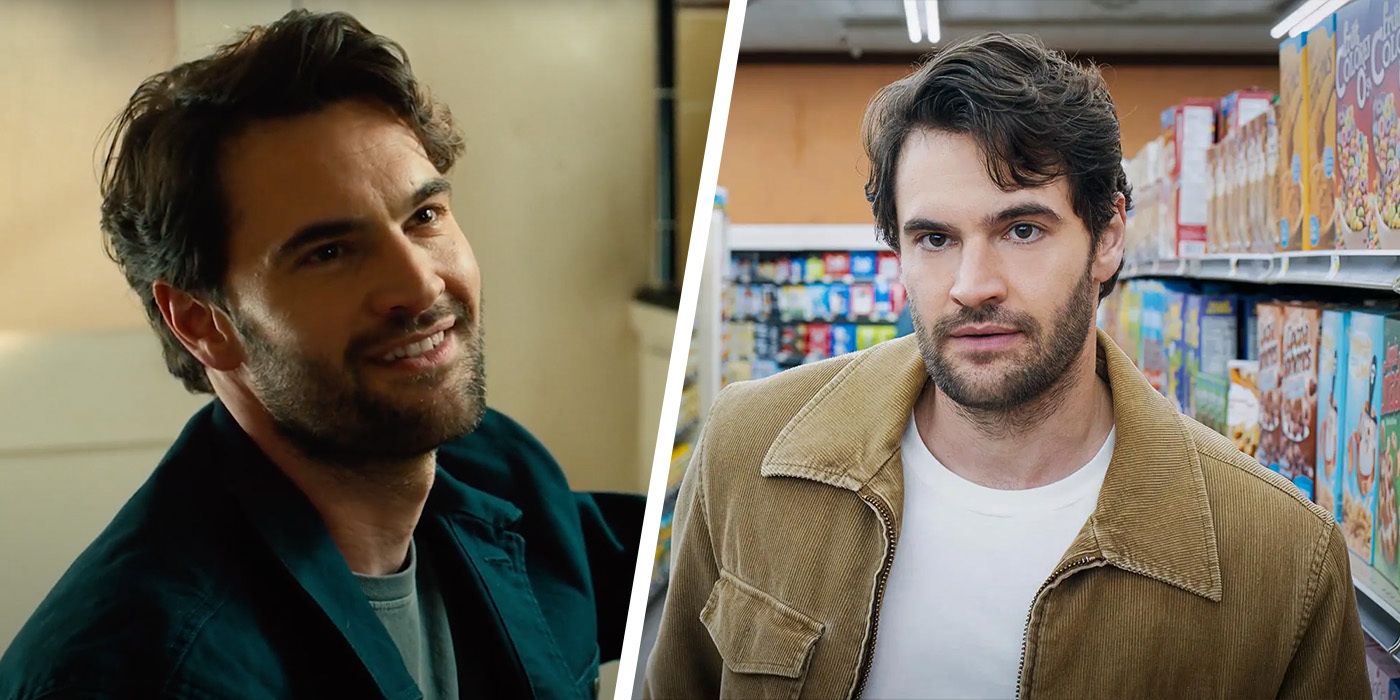

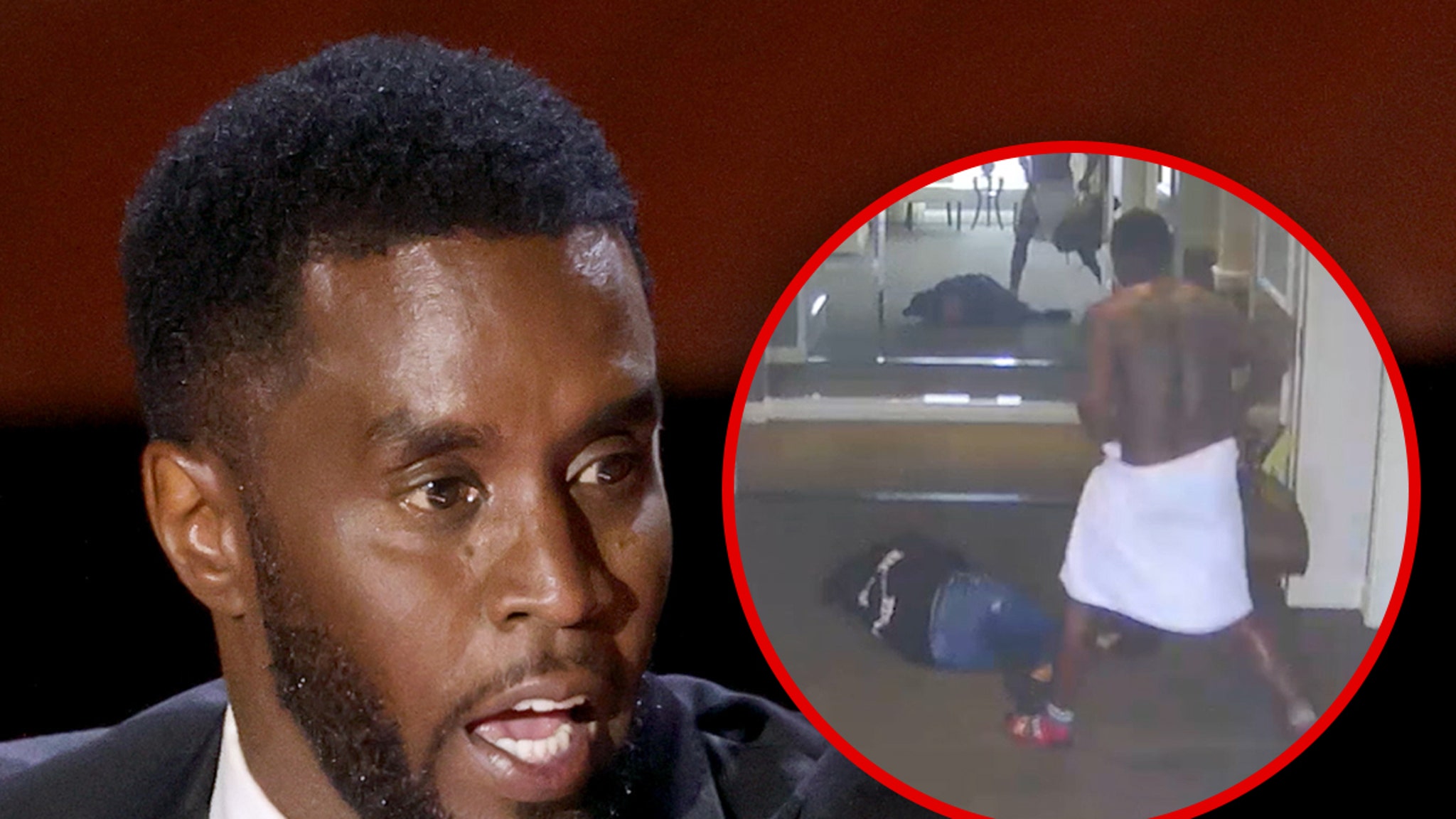

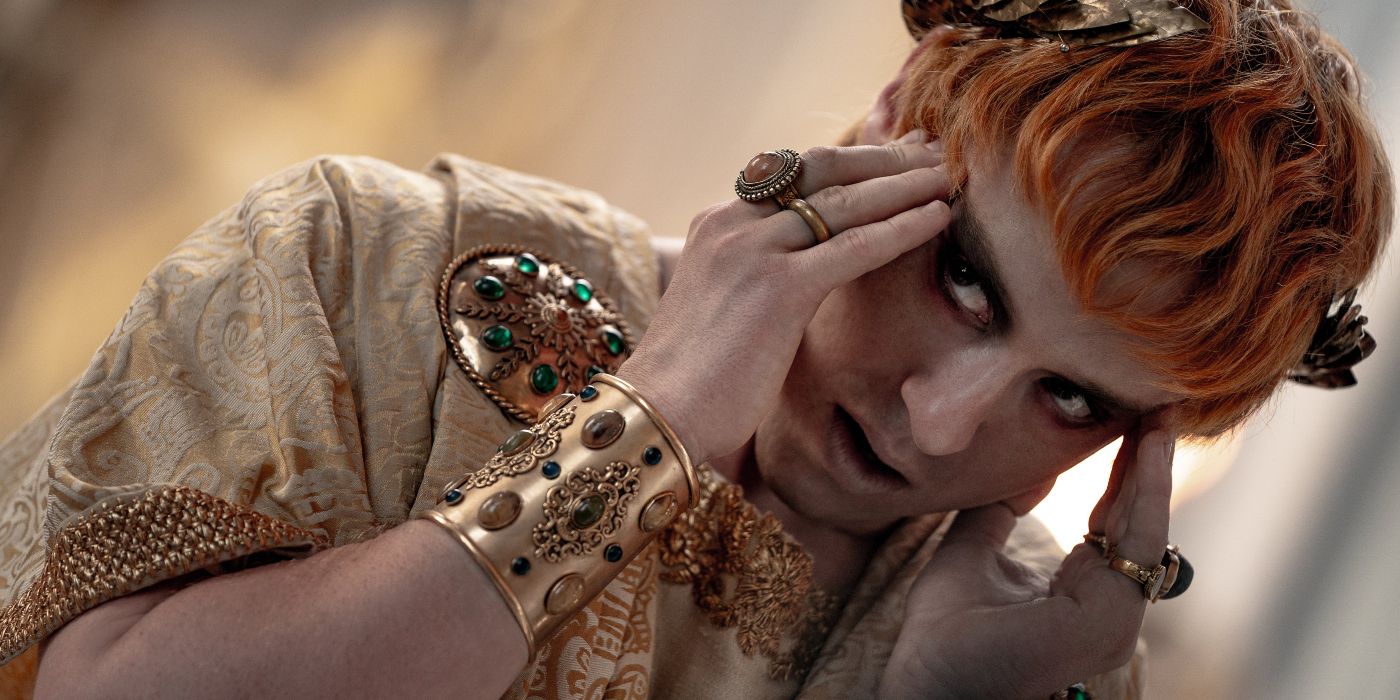

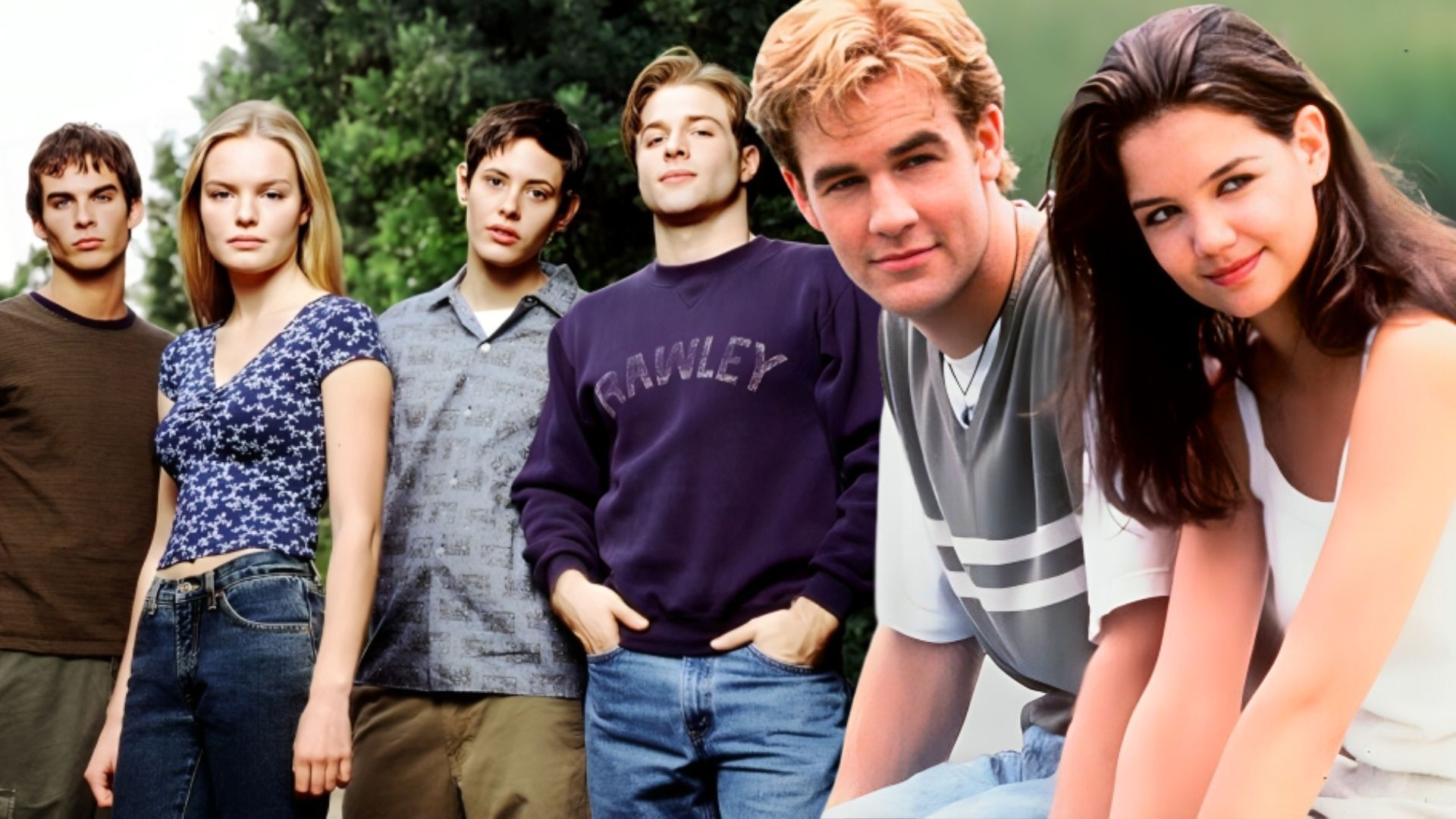


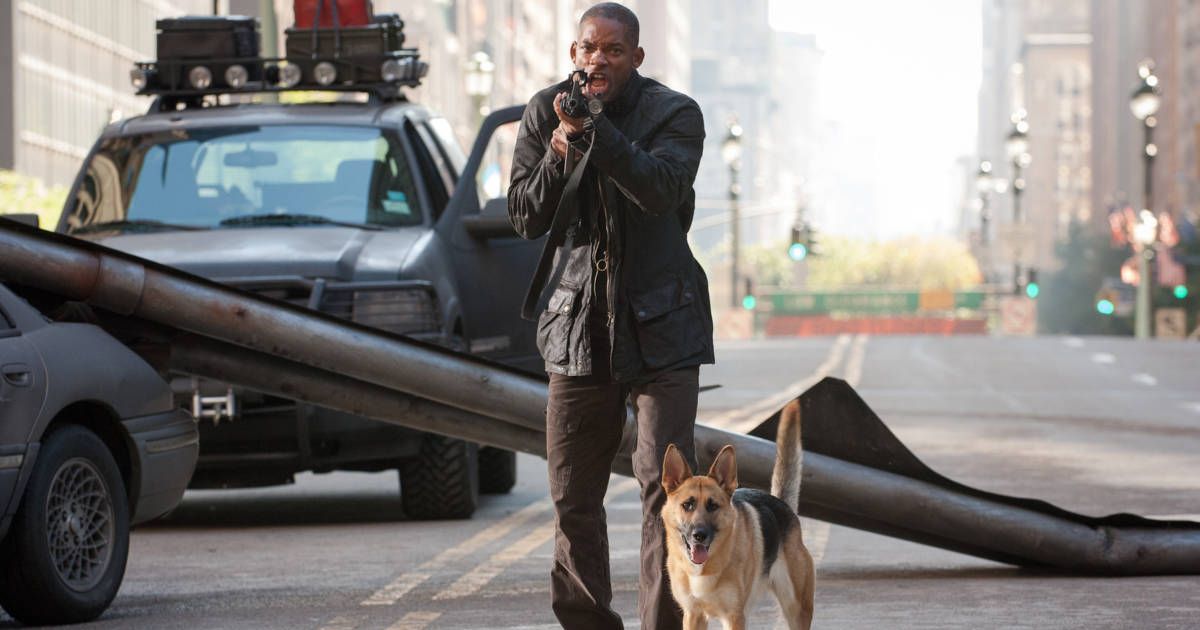
.jpg)

